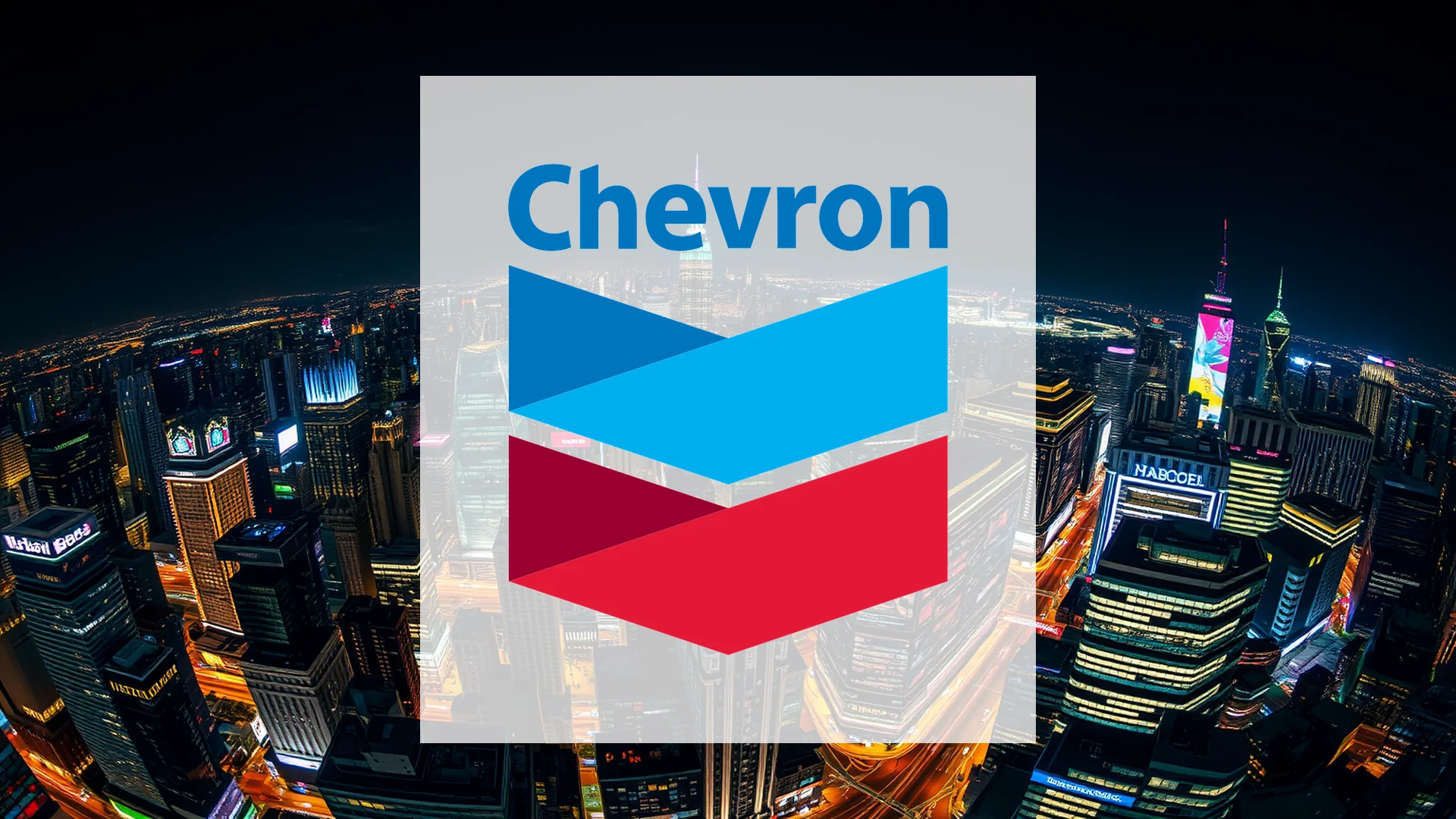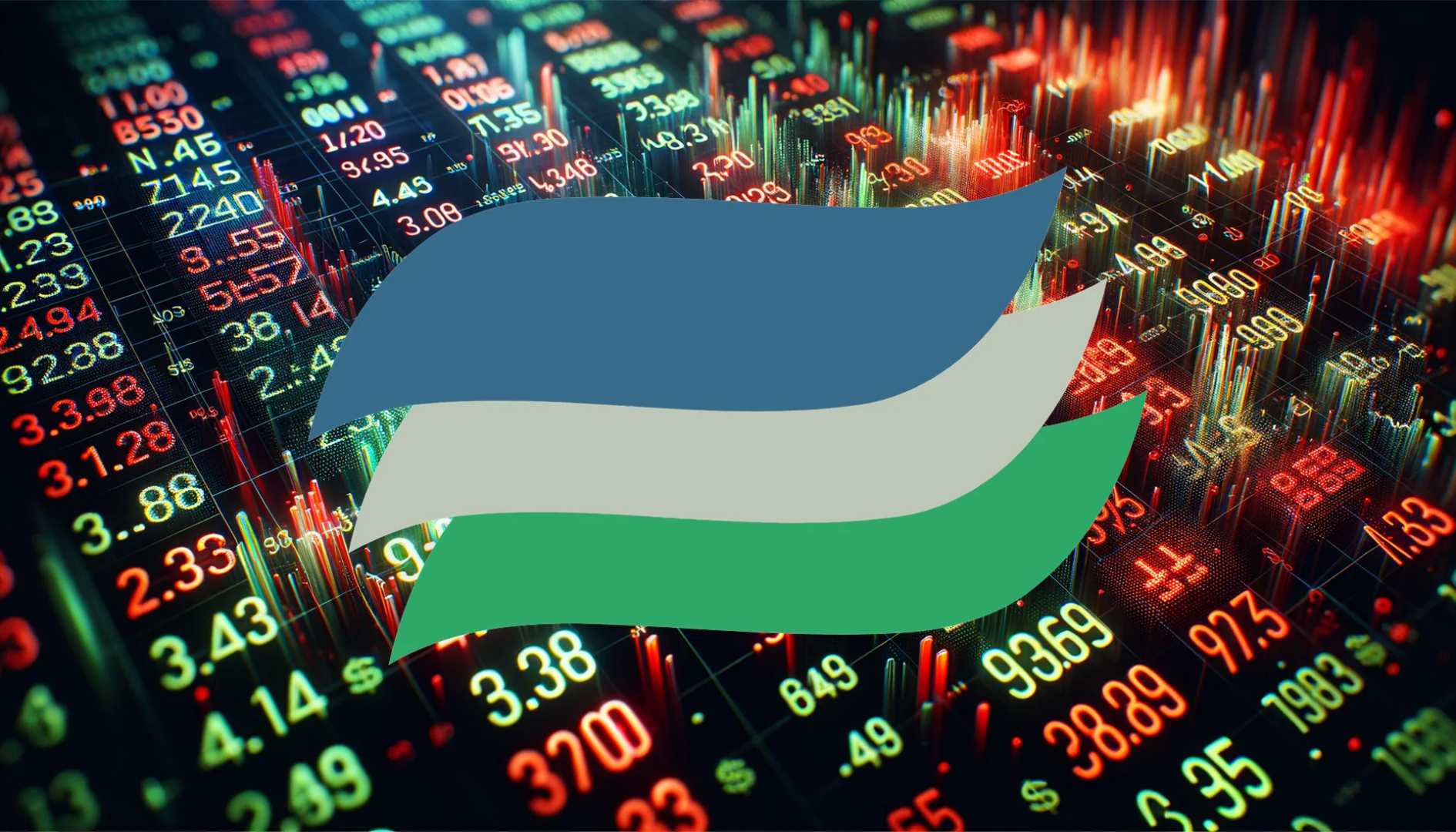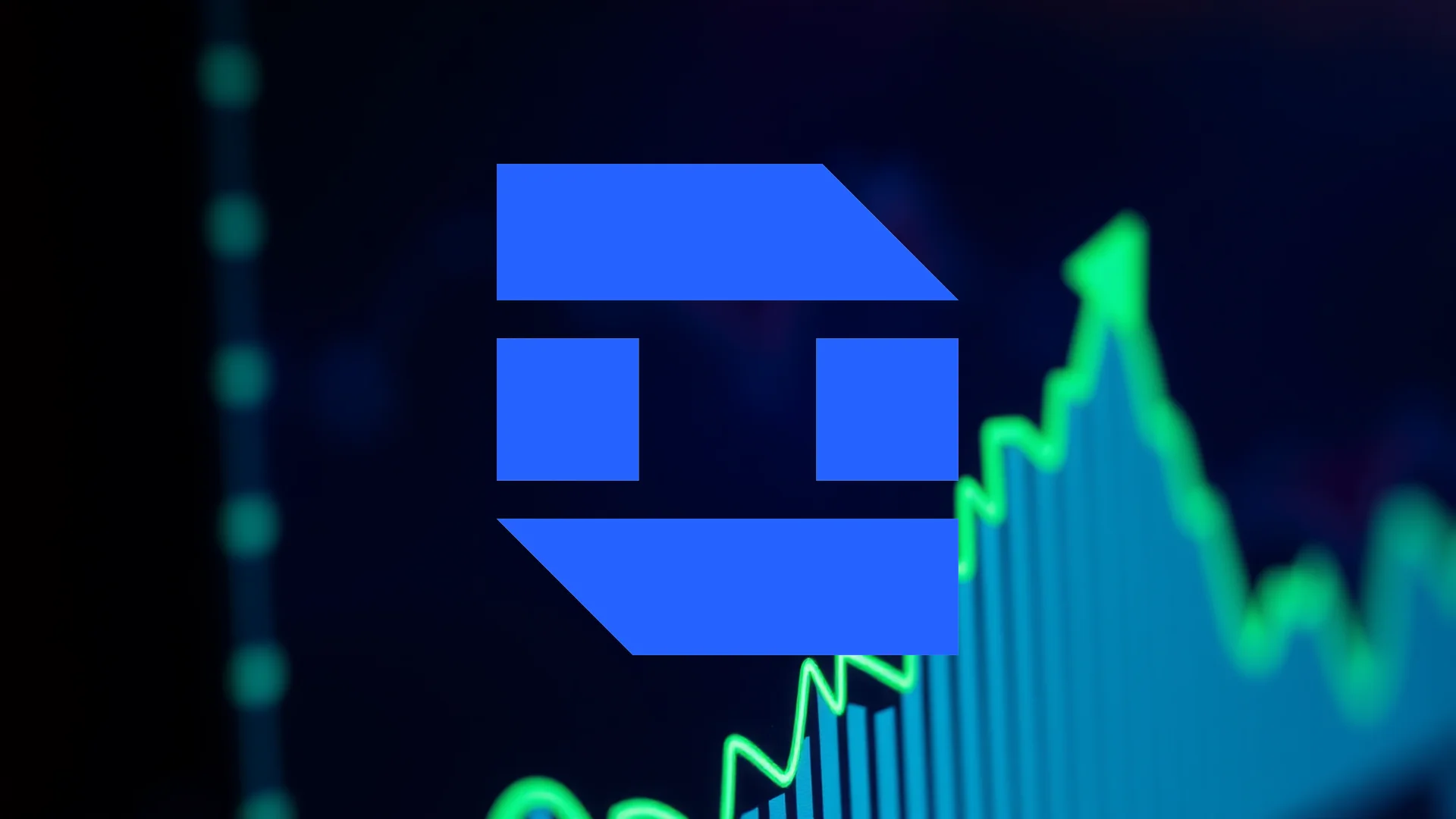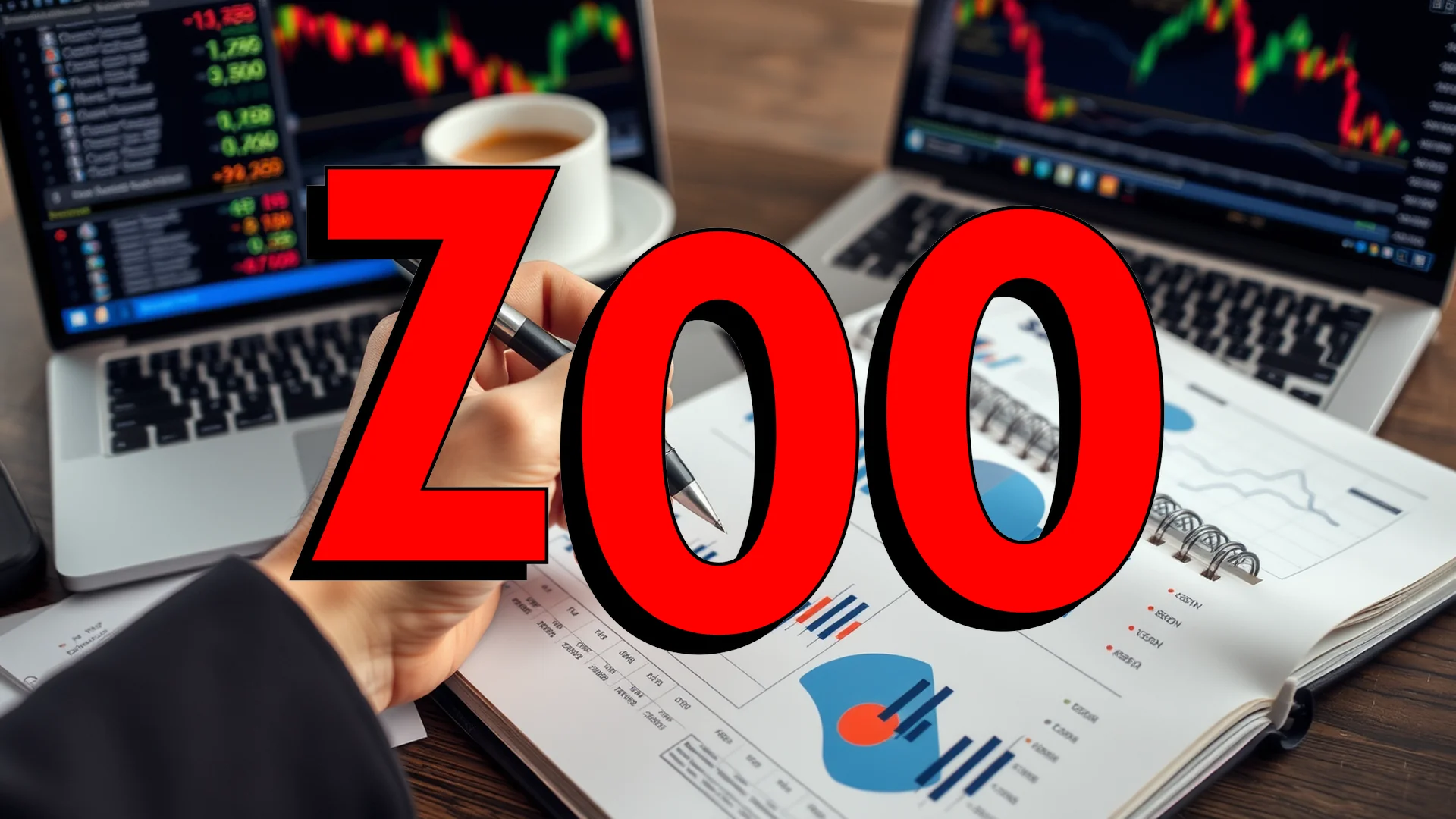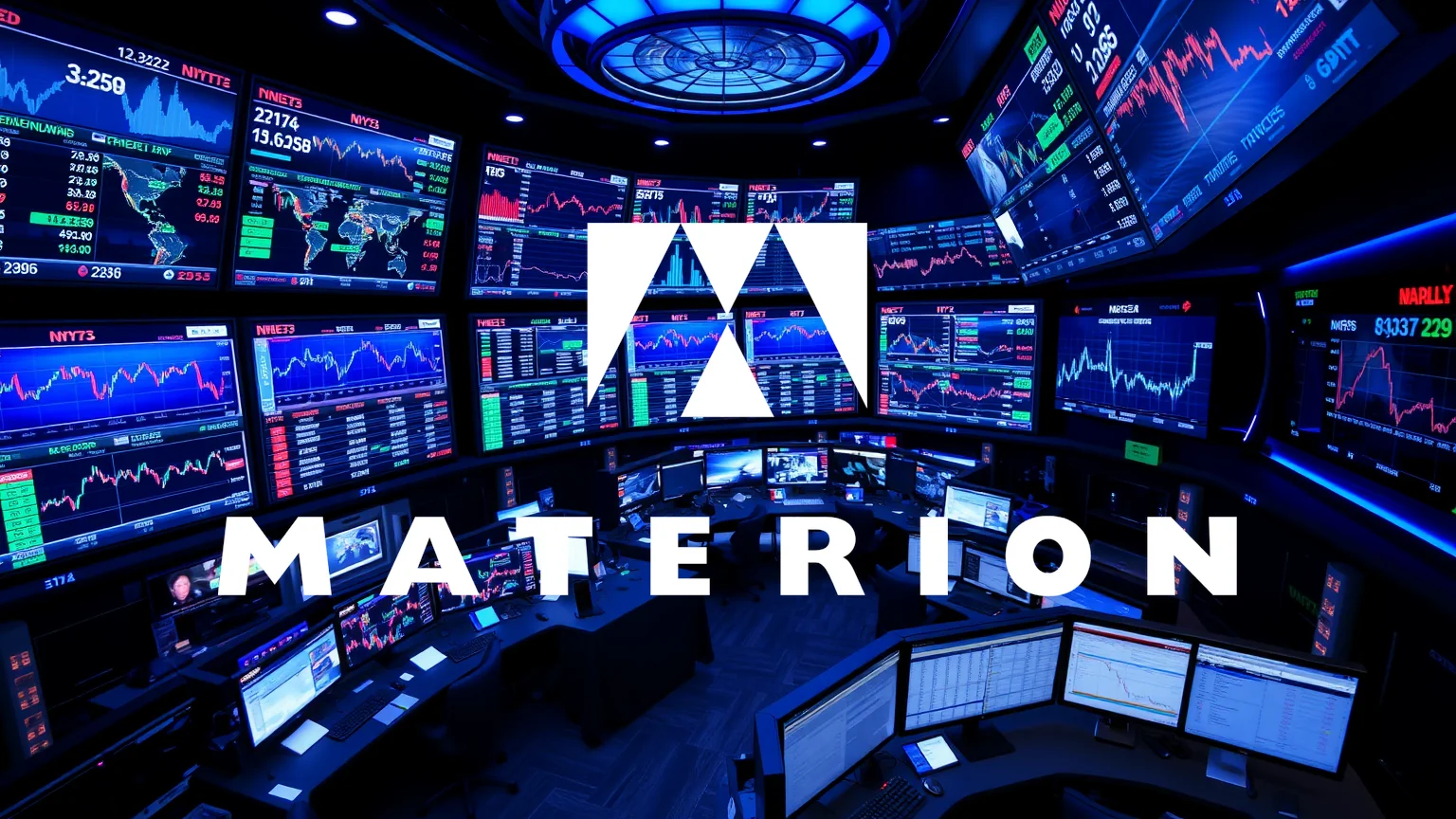The energy sector is closely monitoring Chevron as the industry titan navigates a complex convergence of strategic challenges. With pivotal quarterly results scheduled for October 31st, the company finds itself expanding production capacity while simultaneously scaling back shareholder returns—all against a backdrop of anticipated severe profit contraction.
Institutional Sentiment Reflects Sector Uncertainty
Recent institutional trading activity reveals divided opinions regarding Chevron’s near-term prospects. While Econ Financial Services Corp bolstered its stake by 28.2% during the second quarter, other major investors adopted a more cautious approach. World Investment Advisors trimmed their position by 4.0%, and Jennison Associates LLC executed a substantial 25.4% reduction in their holdings. These conflicting institutional strategies highlight the prevailing uncertainty within the energy sector.
Production Expansion Amid Market Oversupply Concerns
Chevron, alongside its industry peers, is aggressively ramping up output. Market researchers project that the five supermajors will collectively achieve production growth of 3.9% this year, followed by an additional 4.7% expansion in 2026. Chevron’s Ballymore initiative in the Gulf of Mexico represents a significant contributor to this increased capacity. However, the timing of this production surge appears particularly inopportune, as analysts anticipate an oversupplied oil market by 2026, compounded by continued supply additions from OPEC and allied producers.
Share Buybacks Decline as Financial Flexibility Takes Priority
Despite rising production volumes, Chevron, BP, and TotalEnergies have already begun curtailing their stock repurchase programs. This strategic shift responds to market volatility and the need for enhanced financial maneuverability in a weakening oil price environment. Analysts at RBC Capital Markets anticipate further reductions to buyback initiatives extending through 2026—a clear indicator of persistent pressure on industry free cash flows.
The collective earnings of the five supermajors are projected to reach $21.76 billion for the third quarter, representing a 7% sequential improvement. Nevertheless, this figure falls substantially short of 2022 levels, not even reaching half of those previous highs.
Should investors sell immediately? Or is it worth buying Chevron?
October 31st Earnings Report: The Ultimate Litmus Test
All attention now focuses on the upcoming quarterly results. According to Zacks consensus estimates, Chevron is expected to report earnings per share of $1.66 on revenue of $53.6 billion. Notably, these profit projections have been revised downward by 6.2% within the past week alone.
This forecast represents a dramatic 33.9% decline compared to the same period last year. In a contrasting development, revenues are anticipated to grow by 5.7%. Weaker crude oil prices are projected to weigh heavily on third-quarter performance, potentially erasing all benefits derived from improved natural gas pricing and enhanced refinery margins.
Critical factors shaping Chevron’s current position:
* Accelerated oil and gas production despite signs of market oversupply
* Constrained share repurchases with additional reductions anticipated
* Projected Q3 EPS of $1.66 (representing a 33.9% year-over-year decrease)
* Expected revenue of $53.6 billion (reflecting 5.7% growth)
* Depressed crude oil prices pressuring upstream segment profitability
Chevron’s previous quarterly performance showed adjusted earnings of $1.77 per share, surpassing expectations of $1.58. While revenue of $44.82 billion exceeded estimates, it nonetheless marked a 12.4% decline from the prior year. Currently, Chevron carries a Zacks Rank #4 (Sell), indicating analyst concerns about near-term performance prospects.
Ad
Chevron Stock: Buy or Sell?! New Chevron Analysis from December 19 delivers the answer:
The latest Chevron figures speak for themselves: Urgent action needed for Chevron investors. Is it worth buying or should you sell? Find out what to do now in the current free analysis from December 19.
Chevron: Buy or sell? Read more here...

